The food we eat is responsible for 24% of all worldwide greenhouse gas emissions. The only industry that produces more greenhouse gases than our food and agriculture systems is electricity production, which comes in at a close 25%. As someone who spends hours a day searching for, reading, and testing eco-friendly, plant-based recipes, I think a lot about our collective FoodPrint.
New York Times Cooking‘s most popular recipe of all time has been viewed more than 24 million times since it was first published in 1994. Guess what it is? (No Google cheating!)
Hint: If only half of the people who viewed the recipe made it, 12+ million pounds of beef would have been consumed.
The Answer: Old Fashioned Beef Stew, by Molly O’Neill.
The Sad Truth.
Growing the cattle to produce the beef for O’Neill’s recipe emitted as much greenhouse gas into the atmosphere as driving an economy-sized, gas-powered car 240,000,000 miles — equivalent to circling the Earth 9,500 times.
Over the last thirty years, Americans have cut their consumption of beef, though we still have the dubious distinction of eating more per capita than any other country. Now, we eat more poultry. Here, too, we’re #1! Each year, we consume 8+ billion chickens.
Marry Me Chicken was the #1 NYT Cooking recipe last year.
Poultry emits fewer greenhouse gases than beef. The problem is what happens to the billions of pounds of waste created by 8 billion American chickens. Largely unregulated (unlike human waste), much of it winds up in our waterways, polluting our rivers, streams, and drinking water. (It hit me hard when I learned how chicken farms have polluted the Chesapeake Bay, near where I spent my childhood – and ate fresh, steamed crabs).
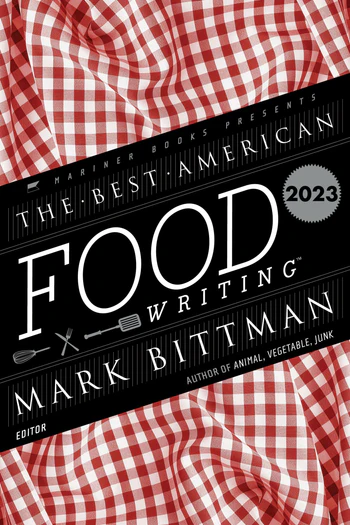
Last year, celebrity chef/writer Mark Bittman edited 2023 Best American Food Writing. Bittman set the tone for his curated collection in the Introduction, noting that readers of newspapers’ cooking sections prefer not to be “challenged about real-world issues.” We read NYT Cooking to escape the daily news, to focus on the pleasures of food.
In the first essay, Restriction as Possibility; Lifestyle as Politics, food writer Alicia Kennedy argues, “I think lifestyle media, so long siloed away from the dirty business of politics, needs to engage with the realities of the world.“ I could not agree more.
Why Does It Matter?
Greenhouse gases have made our summers hotter, winters warmer, hurricanes, fires, and storms more fierce; they’re responsible for the dramatic shift that’s taken place in the official map gardeners and farmers use to determine what to plant.
Each time we toss an item into our supermarket cart, order off a restaurant menu, or choose a new recipe to tackle, we have a decision to make: When does the pleasure we get from eating a meal become worth more than clean air, clean water, and — this is no longer hyperbole — the existence of our planet?
What we choose to eat is a political act.
Introducing The Food + Climate Change Resource Gallery
As one solution, and a gift to you, my loyal Good News Veg readers, I proudly introduce a brand new section of my website: Food + Climate Change. It’s where I answer all of the questions (with short articles and videos) you’ve ever had about our food system and many you’ve never considered like:
- Why do hog farmers in N. Carolina spray their mostly Black, Latino, and Indigenous neighbors with untreated manure?
- I heard that almond milk is bad for the environment. Is this true?
- Which Netflix movies can I watch to learn more about the link between human and planetary health?
I have created this comprehensive and ever-growing resource gallery out of my love for Planet Earth. I have no sponsors. Please share it far and wide and sign up for my next Greener Plate Challenge, for a crash course featuring the Greatest Hits of Food + Climate Change.
There’s Good News!
It’s never been easier to deliciously and nutritiously reduce your climate footprint. Start with these three recipes. Then, commit to frequently using and perusing the Recipe section of Good News Veg, or the sites of my favorite plant-based recipe-developers.
Cook as if your life, and the lives of your children and grandchildren, depend upon it.
Irish Stew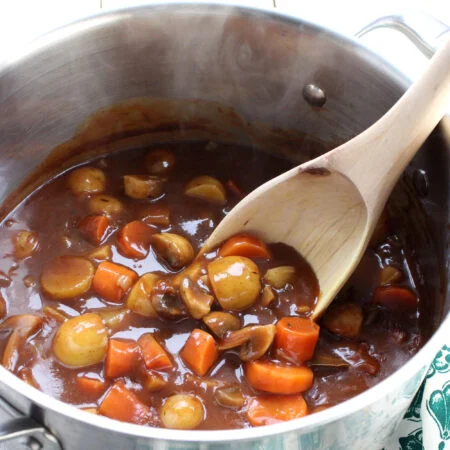 : This rich, earthy, stout-y (as in dark beer!) stew is as hearty and comforting as beef stew. Mushrooms, chunky carrots, and potatoes make it nutrition-rich, while plenty of garlic, onions and herbs add bursts of flavor. The recipe calls for veggie stock, but if you can find it, use vegetarian no-beef stock. Are you a high-achiever? Then make your own. My favorite recipe note for this stew: If you don’t like stout, substitute whichever beer you prefer.
: This rich, earthy, stout-y (as in dark beer!) stew is as hearty and comforting as beef stew. Mushrooms, chunky carrots, and potatoes make it nutrition-rich, while plenty of garlic, onions and herbs add bursts of flavor. The recipe calls for veggie stock, but if you can find it, use vegetarian no-beef stock. Are you a high-achiever? Then make your own. My favorite recipe note for this stew: If you don’t like stout, substitute whichever beer you prefer.
Marry Me Tofu : I can’t vouch for this recipe’s success rate in motivating marriage proposals. But I can assure you it’s every bit as good as Marry Me Chicken. Nutritional yeast, thyme and sun-dried tomatoes make it cheesy, tangy and perhaps a bit romantic? It has mostly the same ingredients as the popular NYT Cooking chicken recipe, fewer calories, no cholesterol, more nutritients, and takes half as long to make. Just sayin’…
: I can’t vouch for this recipe’s success rate in motivating marriage proposals. But I can assure you it’s every bit as good as Marry Me Chicken. Nutritional yeast, thyme and sun-dried tomatoes make it cheesy, tangy and perhaps a bit romantic? It has mostly the same ingredients as the popular NYT Cooking chicken recipe, fewer calories, no cholesterol, more nutritients, and takes half as long to make. Just sayin’…
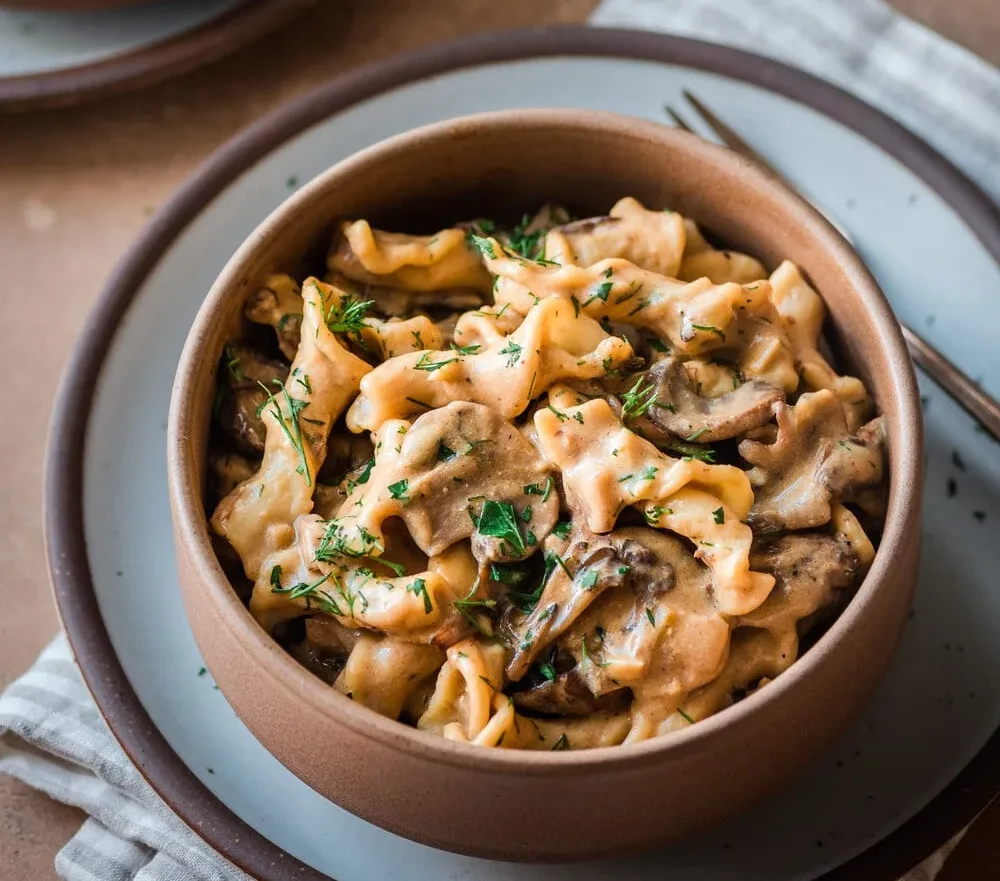
Creamy Mushroom Stroganoff: If it’s comfort you’re seeking, look no further than this umami-rich, super-decadent, mushroomy noodle dish. It’s my go-to recipe when I’m cooking for foodie friends I want to impress with a fancy-pants plant-based meal. (Hint: Make it on a weekend, because this one does take some time).
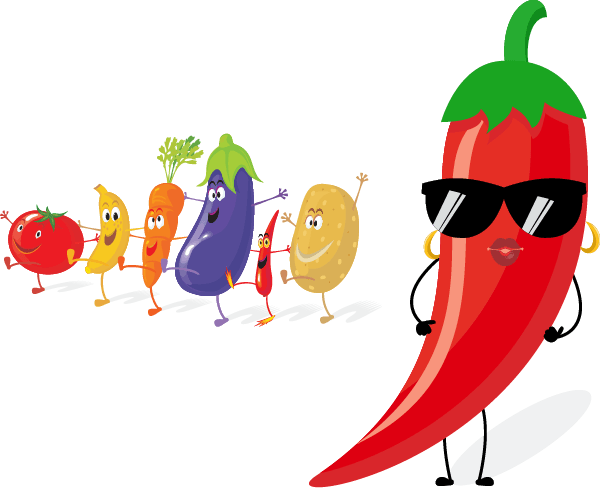

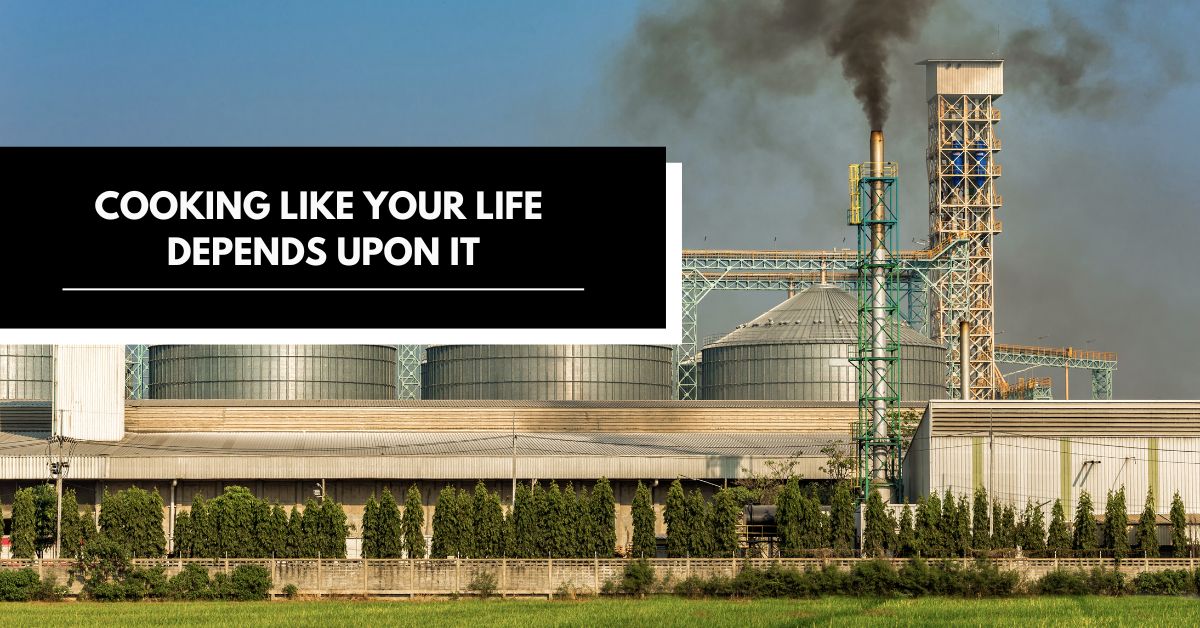


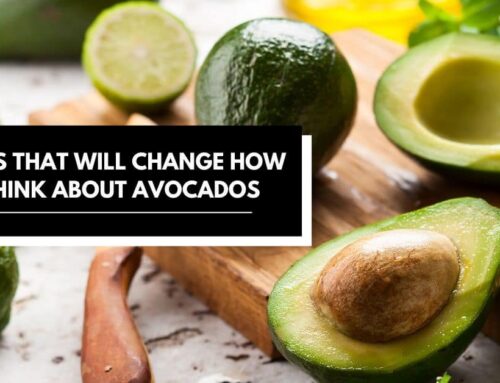


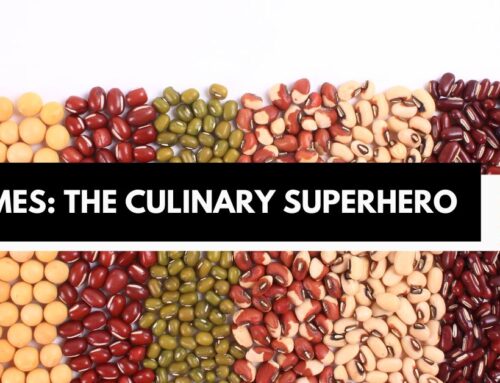
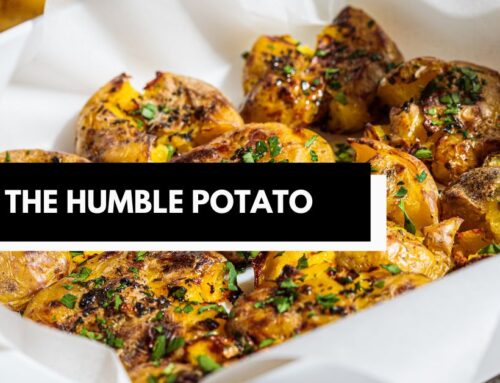
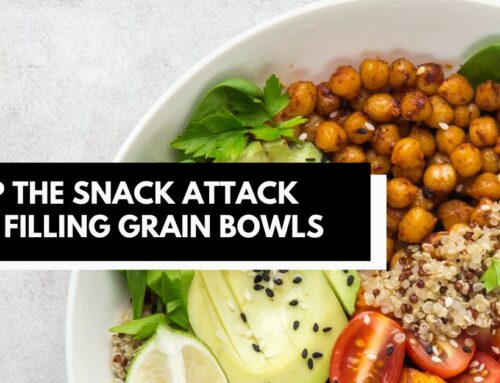
Old Fashioned Beef Stew?🙀
That has to change.